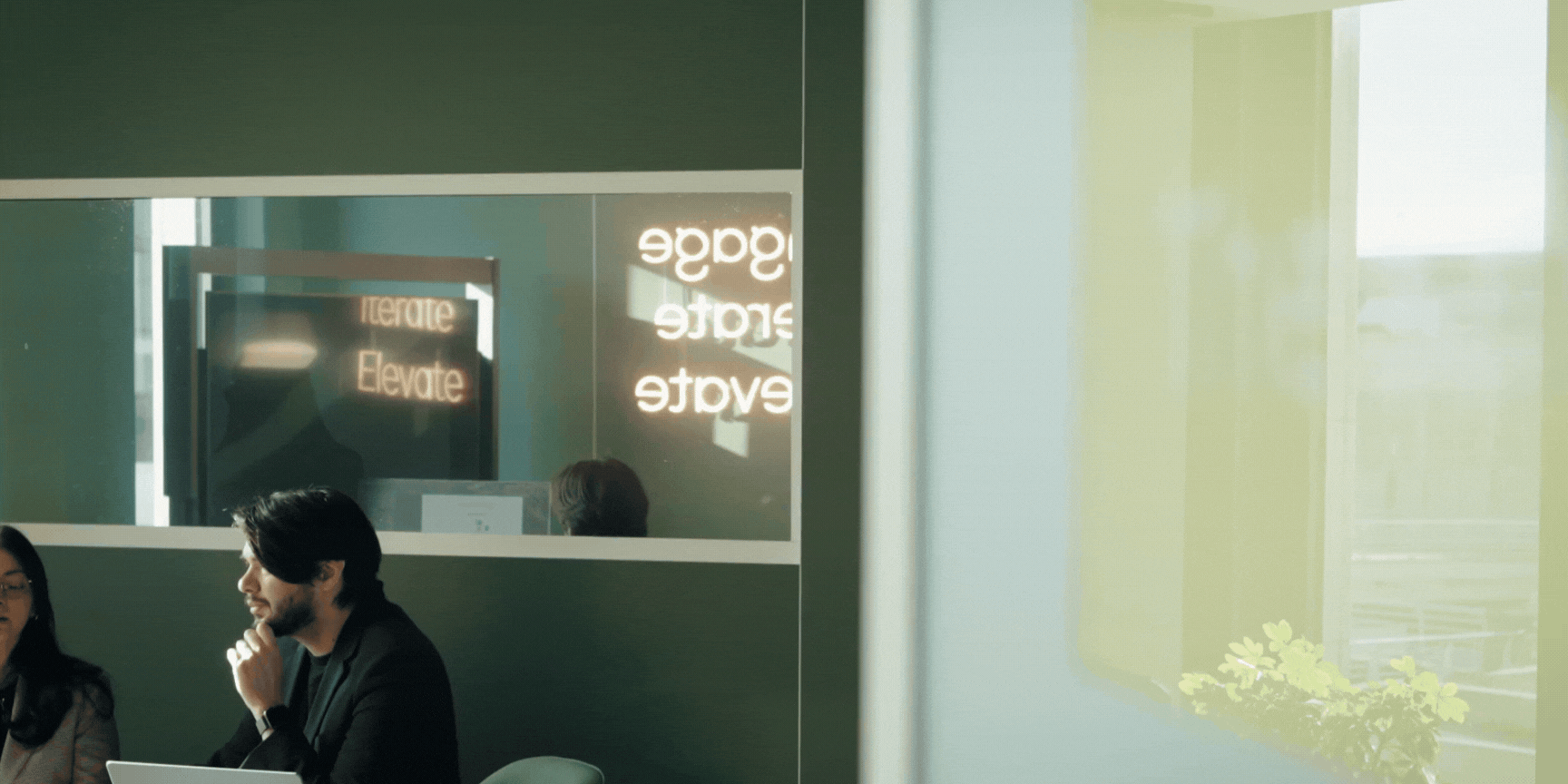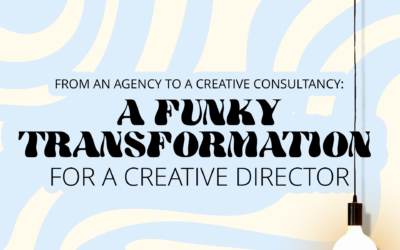As mentioned in our article on the Digital Delivery Model, not all organizations have the relevant structure, operating model, processes, approach, capacity and resources to be able to conceive and implement disruptive innovation. Therefore, we imagined the concept of the Digital Studio. Now you might wonder: what do you mean by Digital Studio?
Well, it is the organizational model and the capacity that frame the transformation of ideas into prototypes and finally into solutions. In other words, it is both the concept and its realization. Our team works in the Digital Studio and uses both its methodology and governance.
The Digital Studio is aimed at addressing disruptive innovation on an ongoing basis. This is done by sourcing ideas, transforming them into prototypes (in 6 weeks) and finally into Minimum Viable Products (MVPs) that can be launched on the market (in 2 to 4 months).
No “one size fits all” also applies to the Digital Studio
As the contextual situation varies a lot from one organization to another, the Digital Studio can be implemented in various ways in order to really fit with the intended target. Therefore, the Digital Studio is structured around 7 dimensions:






The implementation of the Digital Studio has been experienced in several ways at various companies – playing with the 7 dimensions – and has revealed itself relevant and efficient.
Key success factors
We however noticed that there is a key condition for this success. The Digital Studio, as any structure in charge of innovation or digital transformation, must have enough support of the CEO or board in order to cope with the usual resistance that comes from the rest of the organization that prefers the status quo over the change.
For that same reason, it’s crucial to establish a constructive, collaborative relationship with the IT organization. This to avoid going into a situation of bimodal IT that leaves innovation and “traditional IT” on 2 parallel tracks. We believe that the “traditional IT” should leverage the Digital Studio or its outcomes to support its own transformation into a situation that grants more flexibility, more agility, and more control over the costs.
Oftentimes, we are challenged on the timeline, judged too ambitious and unrealistic. In 6 weeks the studio aims to transform ideas into prototypes and 2 to 4 months to transform prototypes into MVPS. What do you think?
Want to know more about why we think every business should have a Digital Studio in the next 5 years? Then have a look at our latest article on the subject.




